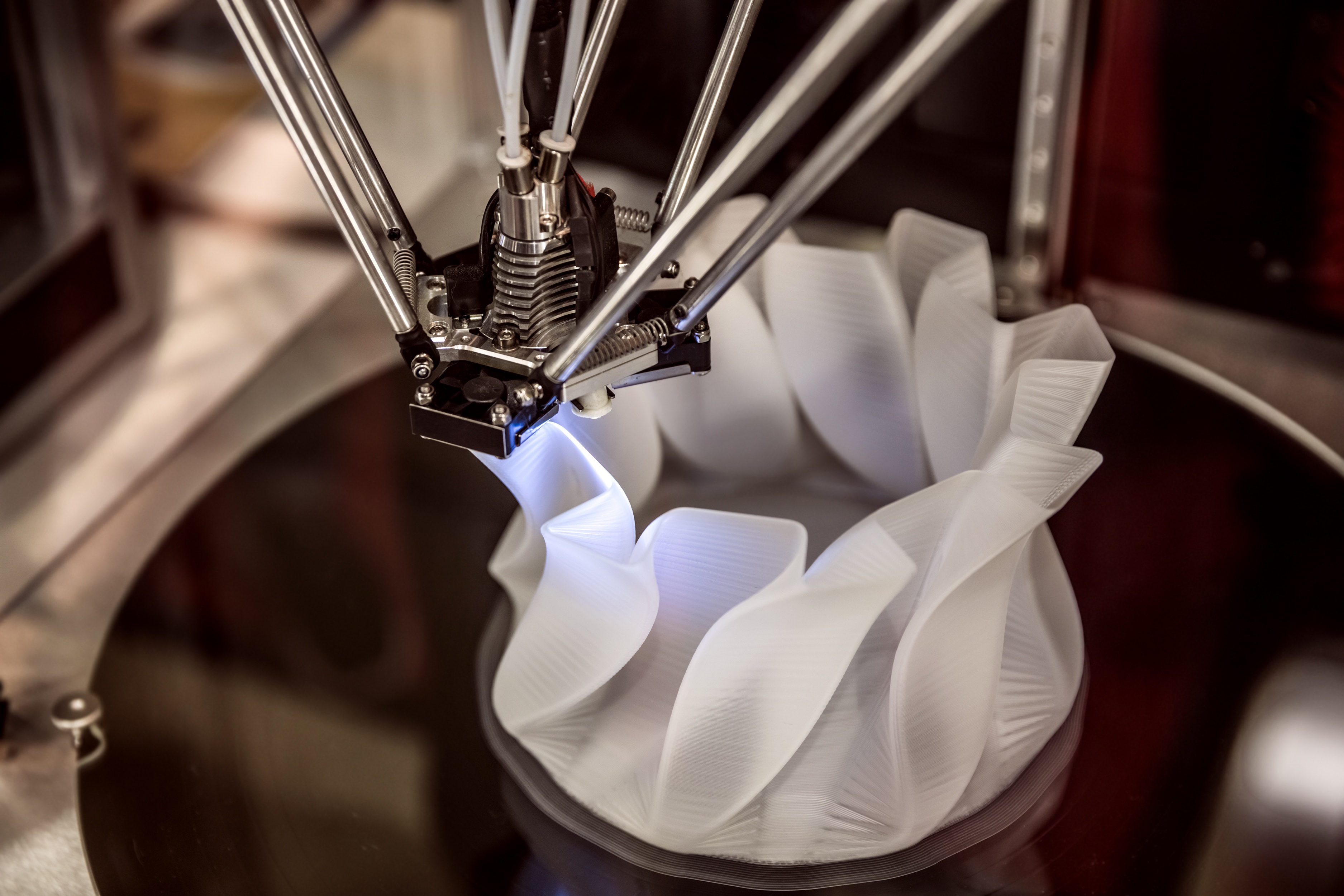In our interview with Spatial’s Director of Product Management, Ray Bagley, we discuss how 3D printing and additive manufacturing as a whole are changing the manufacturing industry.
We also look at some of the core challenges 3D printer manufacturers face when it comes to the continued development of 3D printing technology and how software is a critical piece to solving not only their problems, but the problems of their end-users.
Why 3D Printing is Good for Manufacturers
Interviewer: 3D printing is, among other things, becoming an increasingly popular method of manufacturing and prototyping. How can you best leverage Additive Manufacturing technology?
Ray BagIey: Additive manufacturing service bureaus make it trivially easy for anybody to get parts made! Simply upload a 3D model to a printing marketplace and you’re instantly able to choose from available additive manufacturing materials, technologies, and vendors.
I can order up a prototype-quality plastic part made with the material-extrusion method for under $10 or a high-strength titanium part costing hundreds - each delivered within days.
This is pretty miraculous for not only makers and hobbyists, but also for small manufacturers who can now extend their capabilities almost instantly.
The Need for 3D Printing Software
Interviewer: How can manufacturers benefit from a custom software solution? How can additive manufacturing toolkits improve this process?
Ray BagIey: 3D printing machine manufacturers are advancing the state-of-the-art at a blistering pace. Currently, many of them require users to buy a 3rd-party software application in which to prepare models for printing.
That external software dependency limits or delays the machine manufacturer's ability to deliver innovation to the market if the hardware advancements need software to drive them. It also limits their ability to differentiate themselves from other manufacturers that make similar machines.
Every additive manufacturing software application has some common requirements, including: 3D model import, display, and interaction; data healing; and slicing.
These functions are the cost of entry into the market - you won't win for having them but you will lose if you don't. This is where it makes sense to license proven SDK technology.
Rather than spending many man-years of software development on these commodity functions, you can direct your limited R&D resources to developing the software features that will actually differentiate you from your competitors and increase your market-share.
Selecting the Right 3D Printing CAD Software
The higher-end, more-sophisticated manufacturers are building their manufacturing chains based on precise CAD data, which tends to have fewer errors in it than polygonal data formats.
It’s more reliable to import this precise data into the printing software and slice it, but there are times when we still need to make corrections or improvements to the geometry before you can slice it into thousands of layers for the printing preparation phase.
But what's more common - and outside of those most-sophisticated manufacturers - is people using a format called STL (stereolithography).
Interviewer: Interesting, can you provide more detail about STL?
Ray BagIey: STL is a very simple, low intelligence 3D format that only has triangles. Therefore, a big problem is that it just can't carry much information - it's a barebones format. Additionally, the data quality that's out in the wild is typically very poor.
So, even when you write those STL files from high-quality CAD systems, you frequently get STL files with many errors in them. They're not watertight nor can they be sliced reliably. Or, when you do slice you don't get good, clean slices that are ready for the machine to use.
This means that you need tools to repair that data and restore it to the level of quality that's necessary to slice it and print it. The tools for that are hard to develop. That's why you come to a commercial developer like Spatial, to get SDKs that do that work.







.jpg?width=450&name=Application%20Lifecycle%20Management%20(1).jpg)






